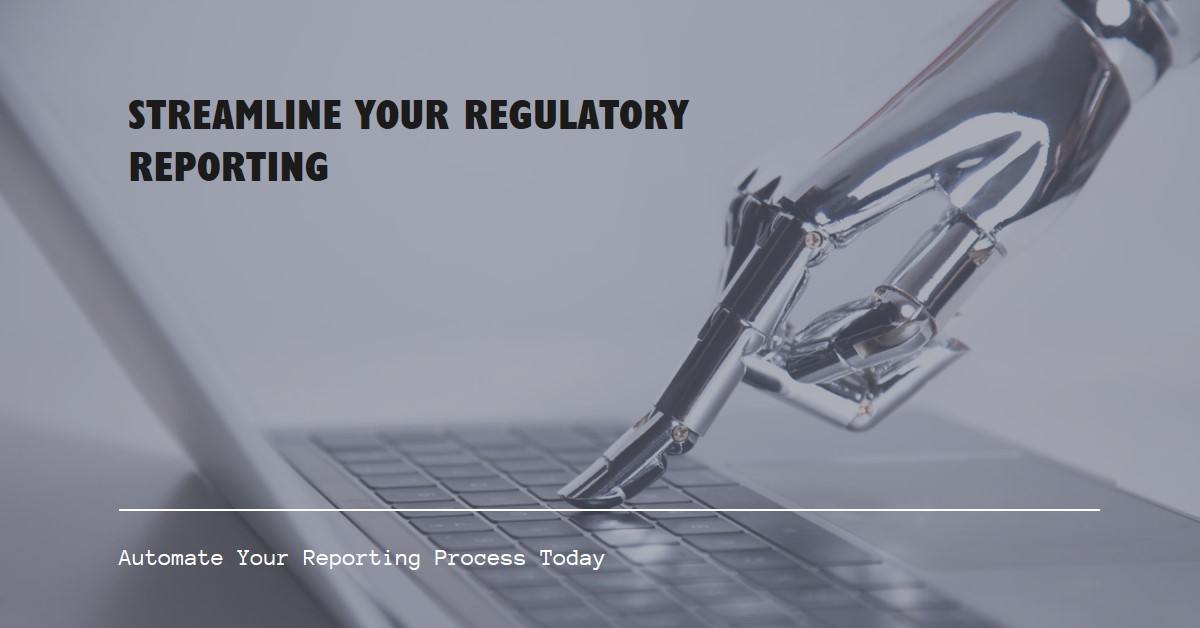
Regulatory reporting automation simplifies compliance processes, reduces costs, and improves data accuracy. Discover how automated tools can..
Introduction
Regulatory reporting automation—sounds like a mouthful, doesn’t it? But trust me, it’s not as complicated as it sounds. In fact, it could be the game-changer your organization needs. Let’s dive into what regulatory reporting automation is all about and why it’s becoming a buzzword in the business world.
Understanding Regulatory Reporting
Definition and Purpose
Regulatory reporting is essentially the way businesses ensure they are in compliance with laws and regulations set by governing bodies. Think of it as a report card for businesses, making sure they are playing by the rules.
Key Regulatory Bodies
Different industries have different regulatory bodies. For instance, in finance, you have the SEC (Securities and Exchange Commission) in the US, while in healthcare, there are agencies like the FDA (Food and Drug Administration). Each body sets standards and requires regular reports to ensure compliance.
Challenges in Traditional Regulatory Reporting
Manual Processes
Traditionally, regulatory reporting involves a lot of manual work. Imagine sifting through mountains of data and filling out endless forms—it’s as tedious as it sounds.
Data Accuracy and Consistency
Manual processes often lead to errors. Data might be missing or inconsistent, which can lead to compliance issues and penalties.
Compliance Risks
With the ever-changing regulatory landscape, staying compliant is like hitting a moving target. One misstep and your organization could face hefty fines or legal consequences.
What is Regulatory Reporting Automation?
Definition and Concept
Regulatory reporting automation is the use of technology to streamline the reporting process. Instead of manually compiling data and filling out reports, automation tools do the heavy lifting for you.
How It Works
These tools integrate with your existing systems, pull the necessary data, and generate reports according to regulatory requirements. It’s like having a super-efficient assistant who never sleeps.
Benefits of Regulatory Reporting Automation
Improved Efficiency
Automation drastically reduces the time and effort required for reporting. What used to take days or weeks can now be done in hours or even minutes.
Enhanced Data Accuracy
Since the process is automated, there’s less room for human error. The data is more accurate and consistent, reducing the risk of compliance issues.
Reduced Compliance Costs
By automating reporting, organizations can save on labor costs and avoid fines associated with non-compliance.
Real-Time Reporting
Automation tools can provide real-time insights, allowing organizations to stay on top of their compliance status at all times.
Key Components of Regulatory Reporting Automation
Data Integration
These tools can integrate with various data sources within your organization, ensuring all relevant information is included in the reports.
Workflow Automation
Automating workflows means tasks are completed faster and more efficiently. It’s like having a well-oiled machine running your reporting processes.
Analytics and Reporting Tools
Advanced analytics and reporting tools can provide deeper insights into your compliance status, helping you make informed decisions.
Compliance Management
These tools ensure that all reports meet the necessary regulatory standards, reducing the risk of non-compliance.
Implementing Regulatory Reporting Automation
Steps to Get Started
- Assess Your Needs: Determine what your organization needs from an automation tool.
- Choose the Right Technology: Look for tools that fit your specific requirements.
- Plan Your Implementation: Develop a detailed implementation plan to ensure a smooth transition.
- Train Your Team: Make sure your team is well-versed in using the new tools.
Choosing the Right Technology
Not all automation tools are created equal. Look for features like data integration capabilities, ease of use, and robust analytics.
Best Practices for Implementation
- Start Small: Begin with a pilot project to test the waters.
- Involve Stakeholders: Get input from all relevant parties to ensure the tool meets everyone’s needs.
- Monitor and Adjust: Continuously monitor the implementation process and make adjustments as needed.
Regulatory Reporting Automation Tools and Software
Top Tools in the Market
Some of the leading tools include:
- Workiva
- AxiomSL
- Oracle Financial Services Analytical Applications
Features to Look For
- User-Friendly Interface
- Comprehensive Data Integration
- Real-Time Reporting
- Robust Security Features
Case Studies
Successful Implementations
Take, for example, a mid-sized financial firm that implemented Workiva. They reported a 50% reduction in time spent on regulatory reporting and significantly improved data accuracy.
Lessons Learned
From these case studies, it’s clear that preparation and choosing the right tool are crucial for success.
Future Trends in Regulatory Reporting Automation
AI and Machine Learning
These technologies can predict compliance issues before they arise, making the process even more efficient.
Blockchain Technology
Blockchain can provide a transparent and tamper-proof way to handle regulatory reporting, ensuring data integrity.
Predictive Analytics
Predictive analytics can help organizations anticipate regulatory changes and adjust their strategies accordingly.
Common Misconceptions
Automation Replaces Human Jobs
Automation doesn’t replace jobs; it enhances them. By automating mundane tasks, employees can focus on more strategic activities.
It’s Only for Large Organizations
Automation tools are scalable and can benefit organizations of all sizes, from small businesses to large enterprises.
Regulatory Compliance and Security
Ensuring Data Privacy
Automated tools must comply with data privacy regulations like GDPR. Look for tools with strong security measures to protect sensitive information.
Meeting Regulatory Standards
Ensure the tool you choose is updated regularly to comply with the latest regulatory standards.
Challenges in Regulatory Reporting Automation
Initial Investment Costs
While there is an upfront cost, the long-term savings and efficiency gains make it worthwhile.
Integration with Existing Systems
Integrating new tools with existing systems can be challenging but is essential for seamless operation.
Training and Change Management
Proper training and change management are crucial for a successful transition to automation.
Conclusion
Regulatory reporting automation is not just a trend—it’s a necessity in today’s fast-paced business environment. By automating your reporting processes, you can improve efficiency, enhance data accuracy, and reduce compliance costs. As technology continues to evolve, the future of regulatory reporting looks brighter than ever.
FAQs
What is Regulatory Reporting Automation?
Regulatory reporting automation uses technology to streamline the process of compiling and submitting regulatory reports.
How Does Regulatory Reporting Automation Improve Efficiency?
It reduces the time and effort required for reporting by automating manual tasks and providing real-time insights.
Are There Any Risks Associated with Automation?
While there are initial costs and challenges in integration, the long-term benefits outweigh the risks.
How Do I Choose the Right Automation Tool?
Look for features like data integration, user-friendly interfaces, and strong security measures.
What Future Trends Should We Expect in Regulatory Reporting Automation?
Expect advancements in AI, machine learning, blockchain technology, and predictive analytics to further enhance automation capabilities.
Read More:





